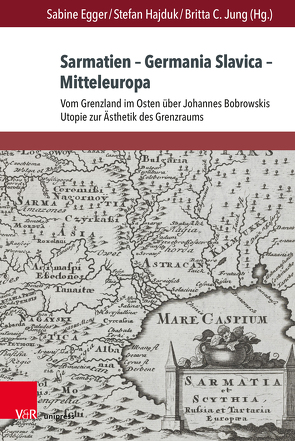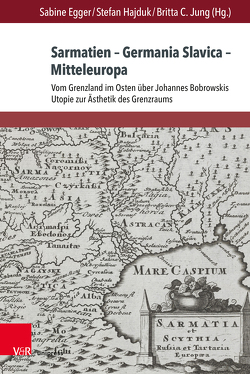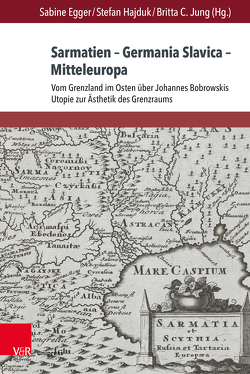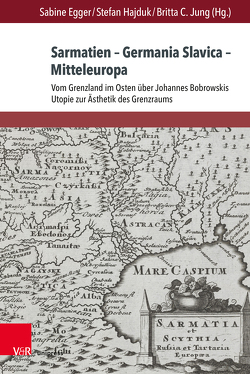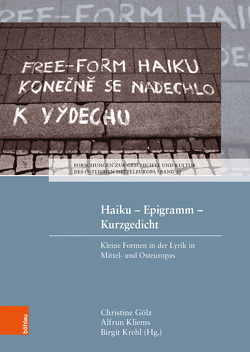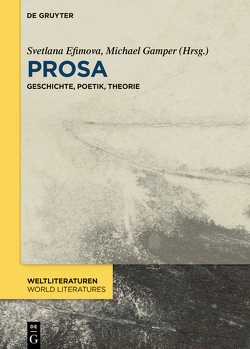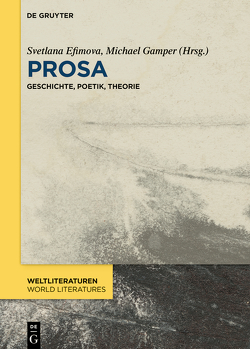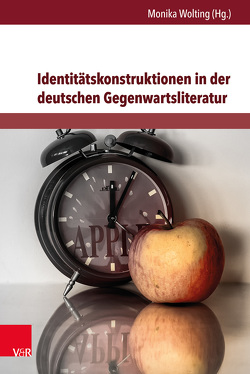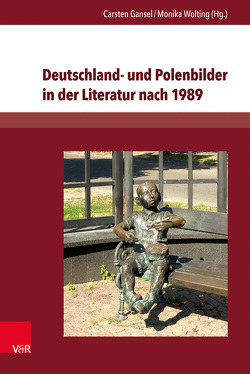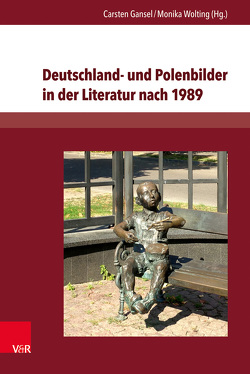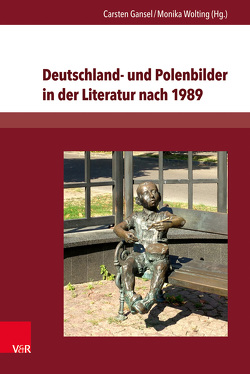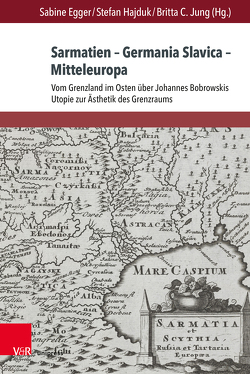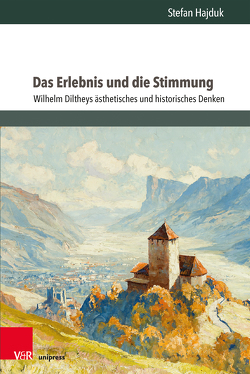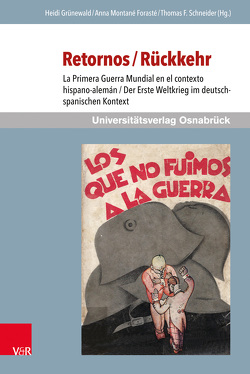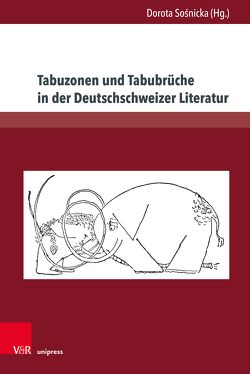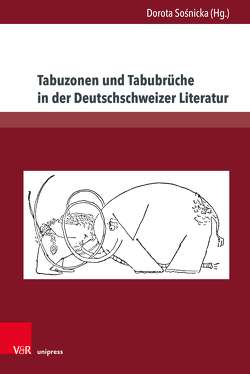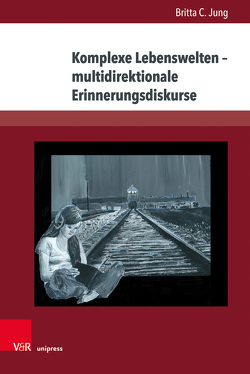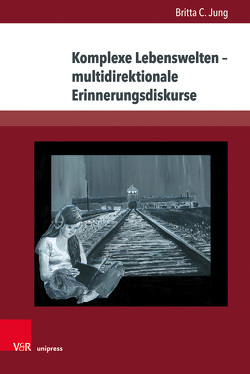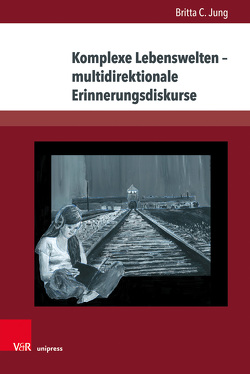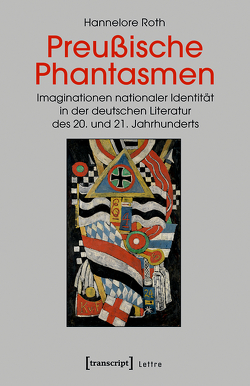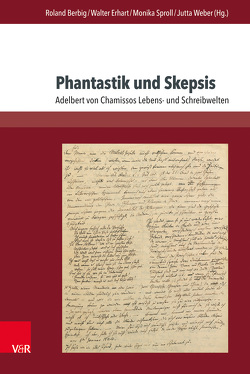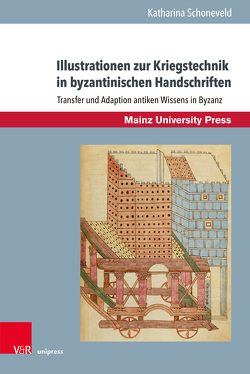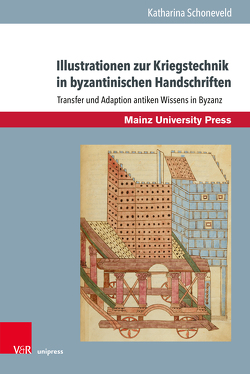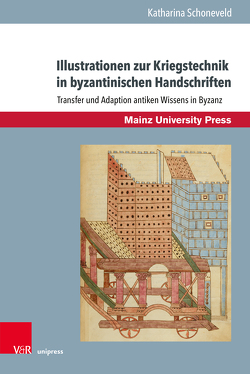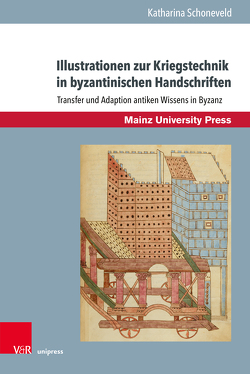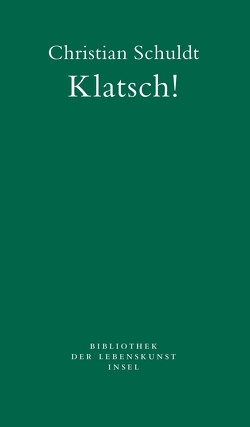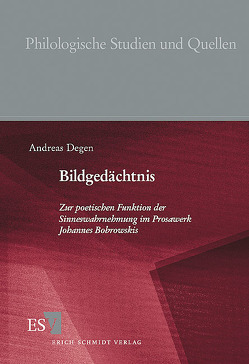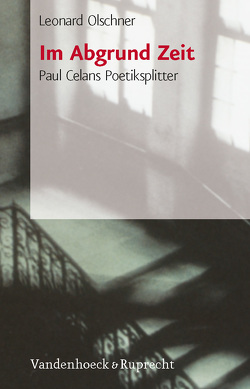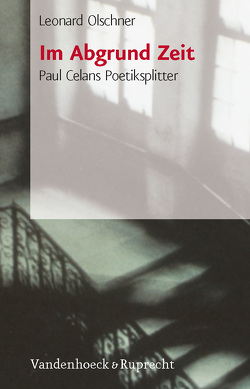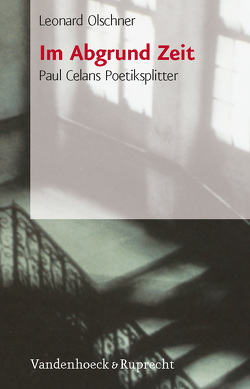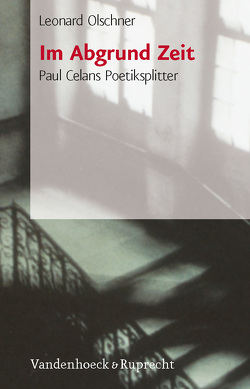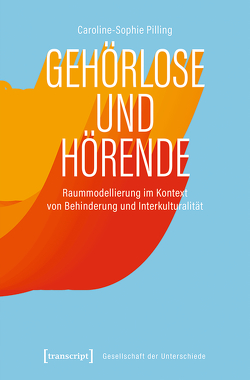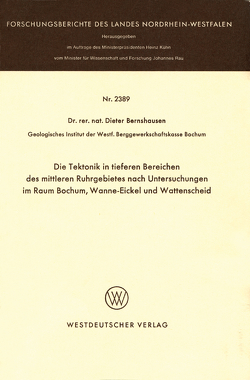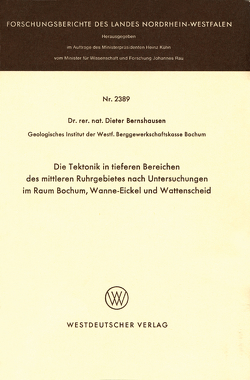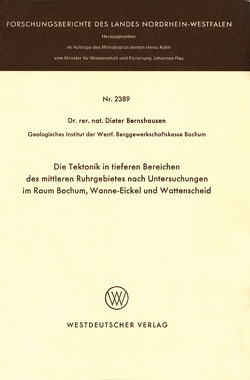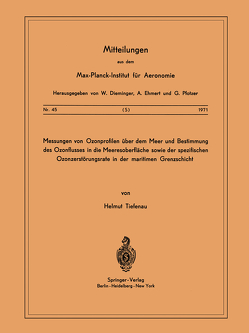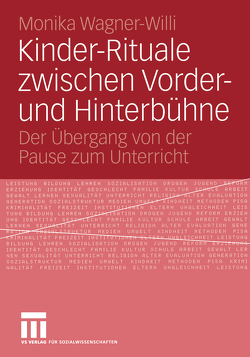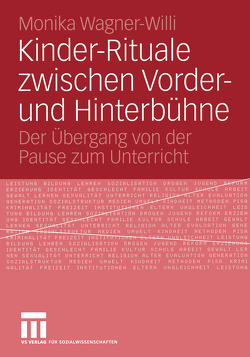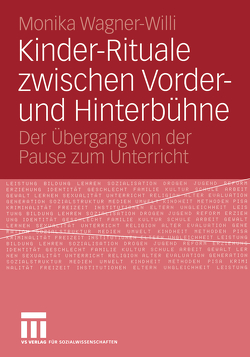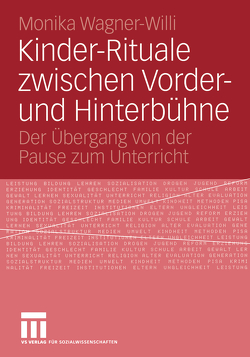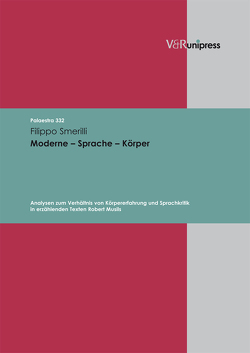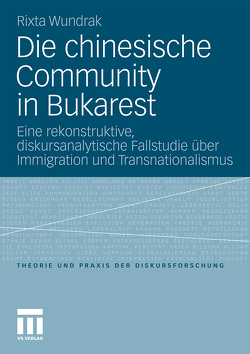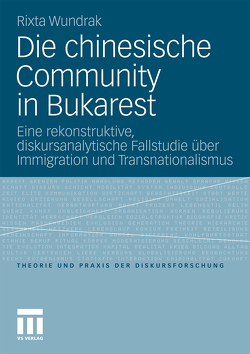Sarmatien – Germania Slavica – Mitteleuropa. Sarmatia – Germania Slavica – Central Europe
Vom Grenzland im Osten über Johannes Bobrowskis Utopie zur Ästhetik des Grenzraums. From the Borderland in the East and Johannes Bobrowski’s Utopia to a Border Aesthetics
Withold Bonner, Andreas Degen, Svetlana Efimova, Sabine Egger, Benoît Ellerbach, Florian Gassner, Jacqueline Gutjahr, Stefan Hajduk, Brian Haman, Olga Hinojosa Picón, Garbiñe Iztueta, Joanna Jablkowska, Britta C. Jung, Edit Kovacs, Florian Krobb, Andrea Meixner, Julia Karin Patrut, Kristin Rebien, Hannelore Roth, Anne Sturm, Joseph Twist, Innokentij Urupin, Tom Vanassche
Nach dem Zweiten Weltkrieg entwarf Johannes Bobrowski mit seinem ‚Sarmatien‘ einen literarischen Raum, der einen überraschend zeitgemäßen Orientierungspunkt für die Diskussion ‚östlicher‘ europäischer Grenzräume im 20. und 21. Jahrhundert bietet. In der aktuellen Forschung ist eine Infragestellung von Grenzen durch Begriffe wie Liminalität (Turner), dritter Raum (Bhabha) oder Ähnlichkeit (Bhatti) zu beobachten. In den hier versammelten Beiträgen geht es darum, wie Grenzräume in deutschsprachigen literarischen Texten inszeniert, intermedial reflektiert oder dekonstruiert werden, und welche Rolle das innerhalb eines bestimmten Feldes oder Diskurses spielt. Der Vergleich von Werken Musils, Celans, Sebalds oder Trojanows mit Beispielen aus der russischen, kasachischen, polnischen oder tschechischen Literatur (u.a. Babel, Tokarzcuk, Belger) eröffnet komparatistische und interdisziplinäre Perspektiven auf ein über Europa hinausreichendes Panorama literarischer Grenzräume.
In the aftermath of WWII, Johannes Bobrowski’s Sarmatia created a poetic borderland space that challenged existing borders in Central and Eastern Europe – and has continued to do so in the 20th and 21st century. Recent scholarship has increasingly begun to question borders by introducing terms such as liminality (Turner), third space (Bhabha), or similarity (Bhatti). Individual chapters in this volume discuss how borderland spaces are staged, intermedially reflected, or deconstructed in German-language literature, and what impact this might have within a particular field or discourse. By comparing works of Musil, Celan, Sebald or Trojanow with Russian, Kazakh, Polish or Czech literature (e.g. Babel, Tokarczuk, Belger), comparative and interdisciplinary perspectives are opened on a vibrant panorama of literary spaces reaching beyond the borders of Europe.
»Als wertvollste Leistung des Bandes kann die tiefere Einbindung Bobrowskis und auch des Mitteleuropadiskurses in aktuelle transnationale und interkulturelle Debatten in der Germanistik betrachtet werden.«
– aus: Germanistik in Ireland, 16 (2021), S. 247–249 (Dr. Yvonne Zivkovic, Universität Graz)
»This volume presents a bilingual (German/English) compendium of the diverse and multifaceted depictions of and theoretical deliberations on the topic of borders from the geopolitical to the linguistic. This comprehensive undertaking has a wide sweep covering mostly German-language literary examples from the last 100 years. […] this is a book that can be highly recommended.«
– aus: Jahrbuch »Gegenwartsliteratur«, Band 21 (2022), S. 352-354 (Kathleen E. Thorpe, University of the Witwatersrand)
